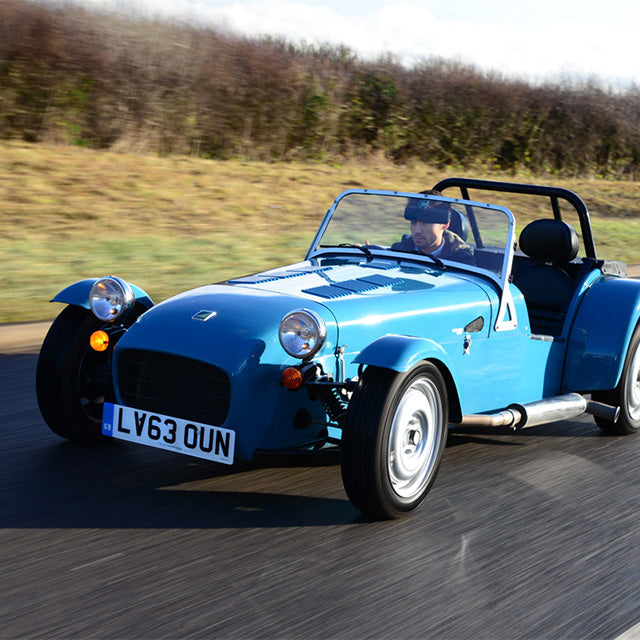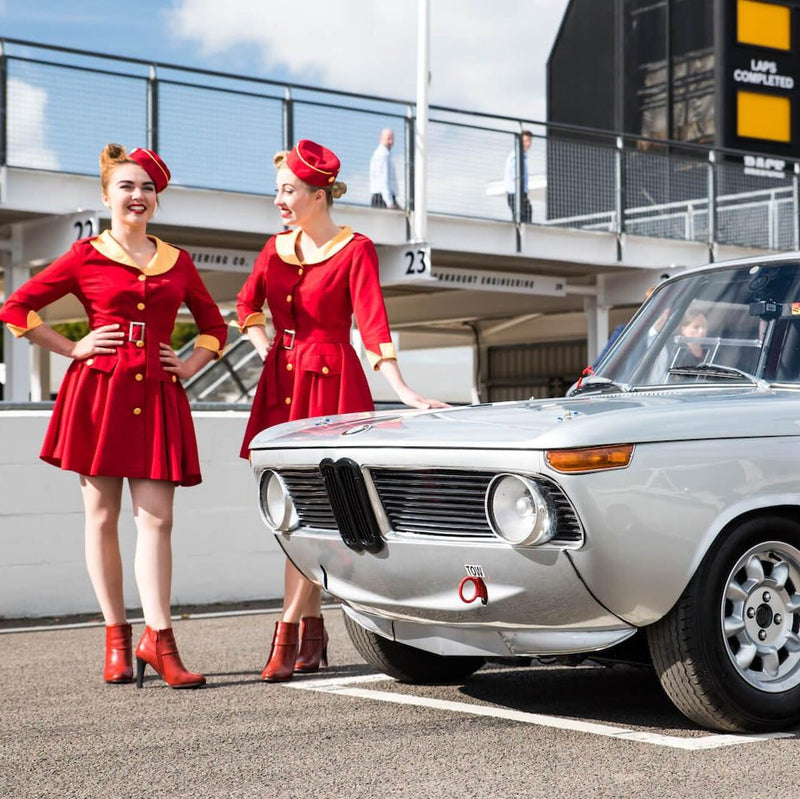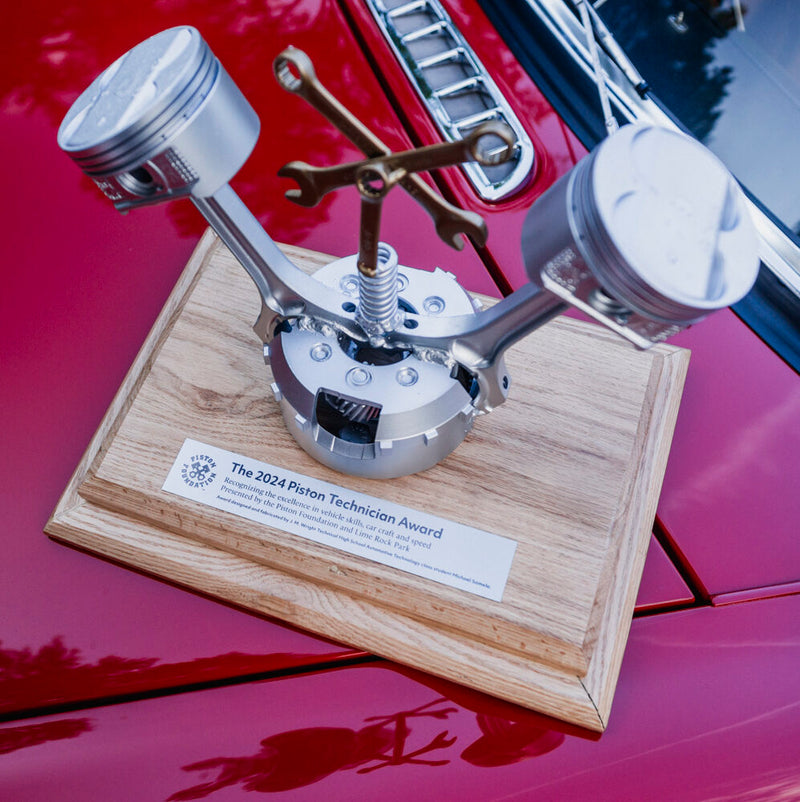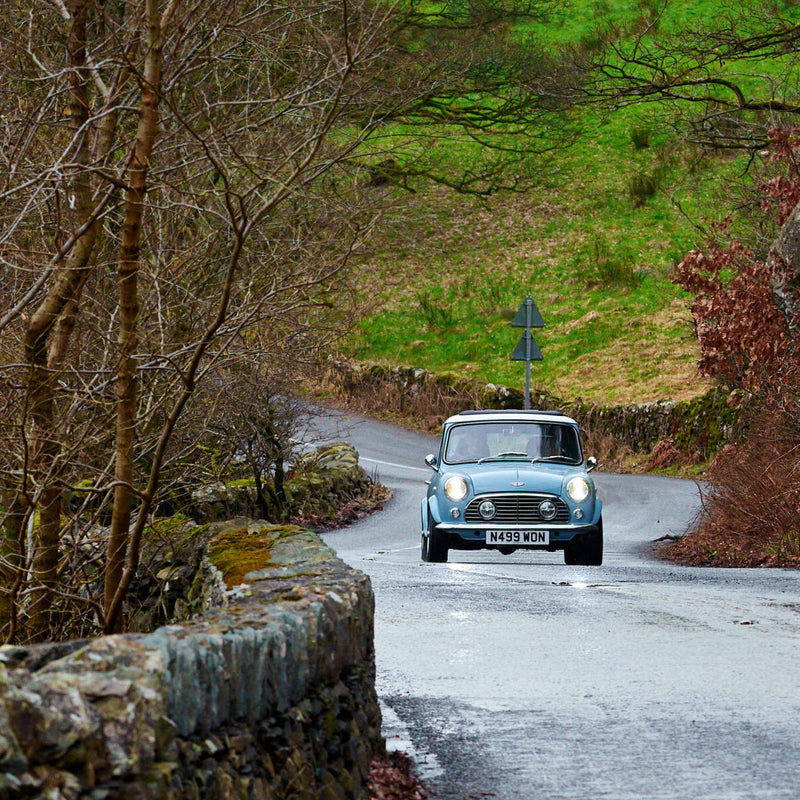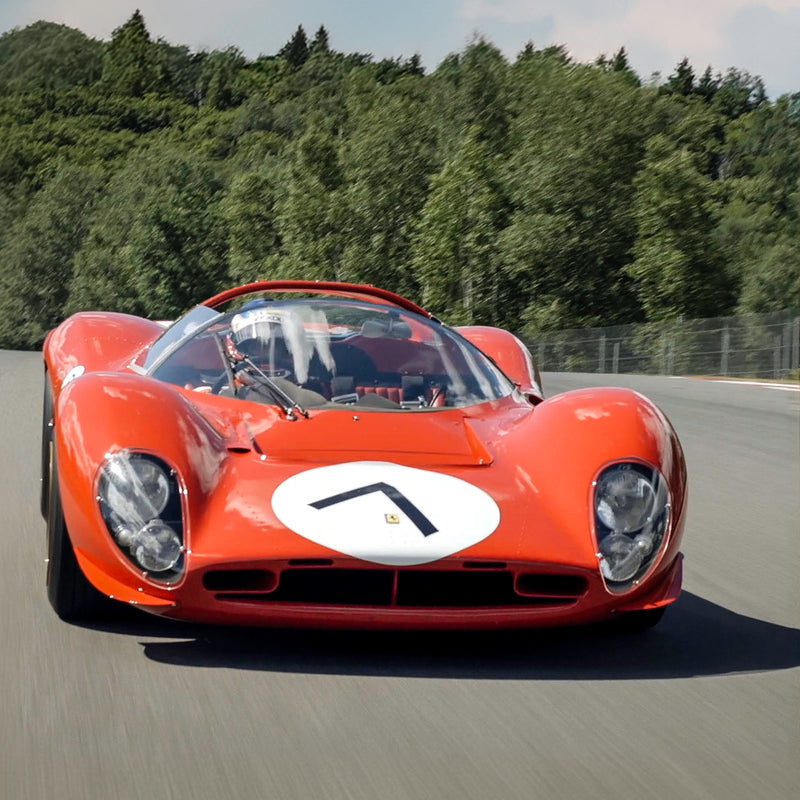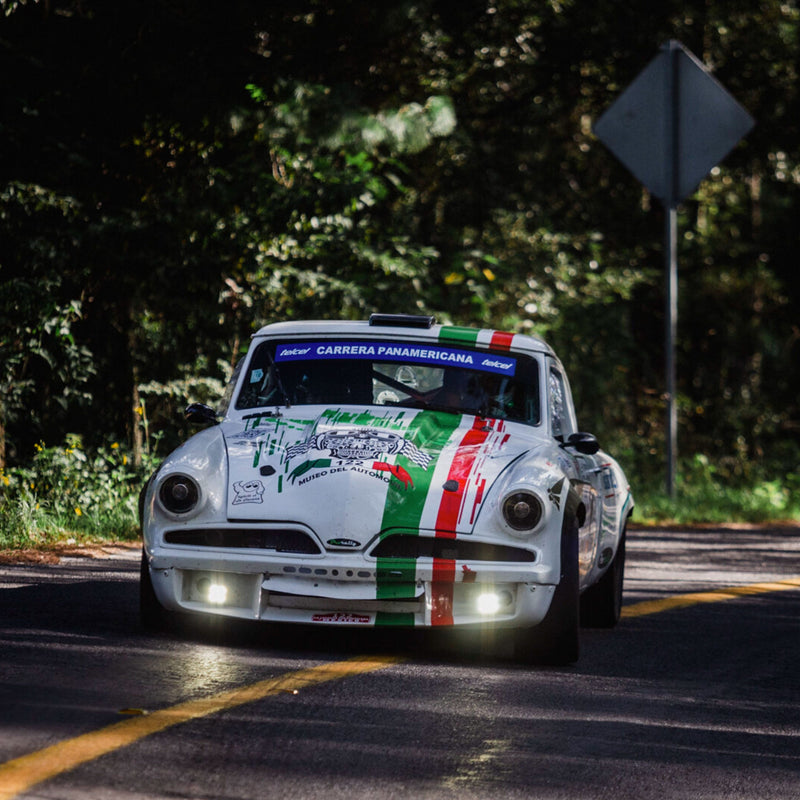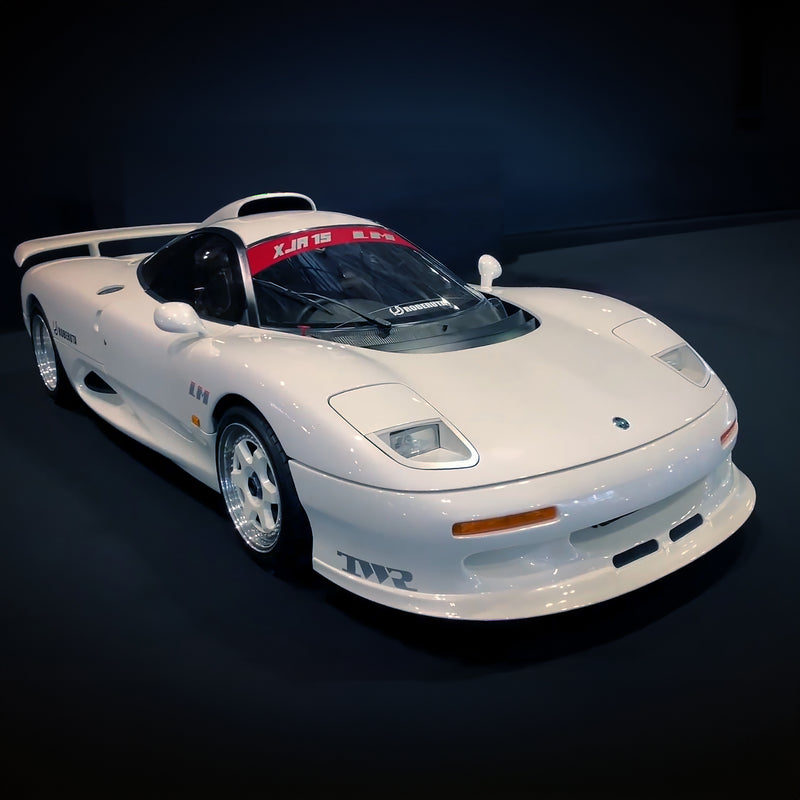The Lotus Super Seven is perhaps the simplest and most elemental of sportscars. It is wheels, engine, seats, a pop-eyed face like a praying mantis, and bodywork like an early aeroplane. Conceived in 1957 as a very low-budget club-racer, it found a home racing on the decommissioned WWII runways of England.

At the top of this article, the yellow example is an entirely original 1969 model, a third-generation car belonging to David Ellis of Vancouver, British Columbia, Canada. Power is a modest 84 horses from a 1600cc Ford Crossflow 4-cylinder, as in a Cortina GT. Individual quirks include the lack of a rollbar and the addition of optional heater – this is a Canadian car after all.
Ultimately, it's a cave-painting of a car, the most stripped-down idea of what one should be. Ook. Sportscar. Colin Chapman's creation would go on to spawn endless copies and variations on a theme, from Caterham to Donkervoort to the TMC Costin. Here are six reasons why the original Seven is best.
#1: It's rare
Some factory-built Lotuses are uncommon—this particular S3 is just one of 340 made between 1968 and 1970. (Hey, at the time Lotus was too busy winning Formula 1 World Constructors’ Championships! -Ed.) The Seven is an ideal car for the collector willing to delve deep into arcane build options and figure out which cars hold their value best. Between its introduction in 1957 and end of production in 1972, about 2,500 Super Sevens were made.#2: It (can be) period-correct
While there are many advantages to simply building your own Seven from a brand-new kit—for one, it's cheaper; two, the car will be faster—there's a certain satisfaction found in keeping an original Seven original. This is what cut-rate automotive enthusiasm was like in the 1950s and 1960s: no trappings, all experience.#3: It's pure
The difference between a modern car and a Lotus Seven is like that between traveling on an airliner or a hang glider. There's so little between you and the experience of driving—it's not unlike riding a motorcycle without a helmet. There's no power-assist anything, no insulating effect, scant bodywork. This simplicity bodes well for repairs and maintenance: there are fewer things to go wrong and paper-think bodywork can conceal few mysteries.#4: It's completely thrilling
There's not much space in here, and certainly no room for anything other than the purest experience of driving. Stir up the four-pot Ford with the four-speed manual transmission and a lovely warble comes fizzing and parpling out the side-exhaust. The wind snatches at your hat, the steering wheel comes alive under your fingertips, it's an instant dart of the right foot for a rev-matched downshift, and corners are easily dispatched with more speed than you thought possible.#5: It's a little bit dangerous
In a modern world where the corners have been sanded off of everything and our cars are practically hollowed-out Nerf balls with heated seats, the Seven has a frisson of risk about it. Again, it's like a motorcycle, with gossamer bodywork that provides about as much protection as a light jacket. Without romanticizing the danger overmuch, driving around in a Seven feels daring at speeds which the constabulary won't find offensive. You never fail to unfold yourself from its cockpit without a raised pulse, and every trip becomes an event. Even in the classic car world, few can match the real-world fun it offers.#6: It can go the distance
Assuming the driver is possessed of sound constitution and a good set of woollen underwear, the Seven is not incapable of a solid road trip. Because it's so simple, keeping it on the road isn't the hair-tearing struggle it can be with more high-strung machinery, and if you forgo a passenger, a duffel bag fits just fine to your right. The main car featured in this article is driven year-round, rain or shine, and regularly participates in local multi-day cruise events.Dedication? Definitely. But why not?







Image Sources:wikiautos.ru ,auto-news.de ,autoexpress.co.uk ,lotus7register.co.uk ,autoevolution.com ,petrolicious.com


